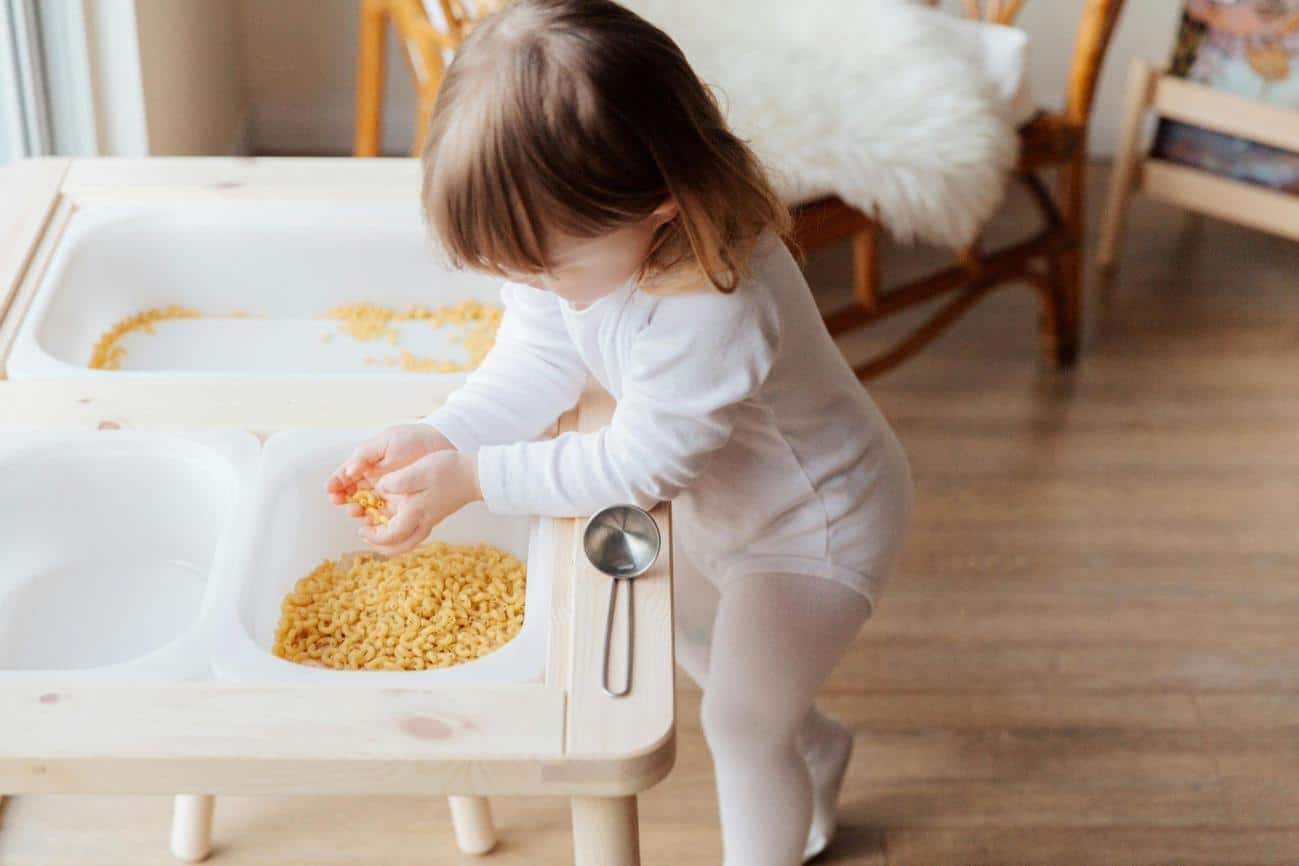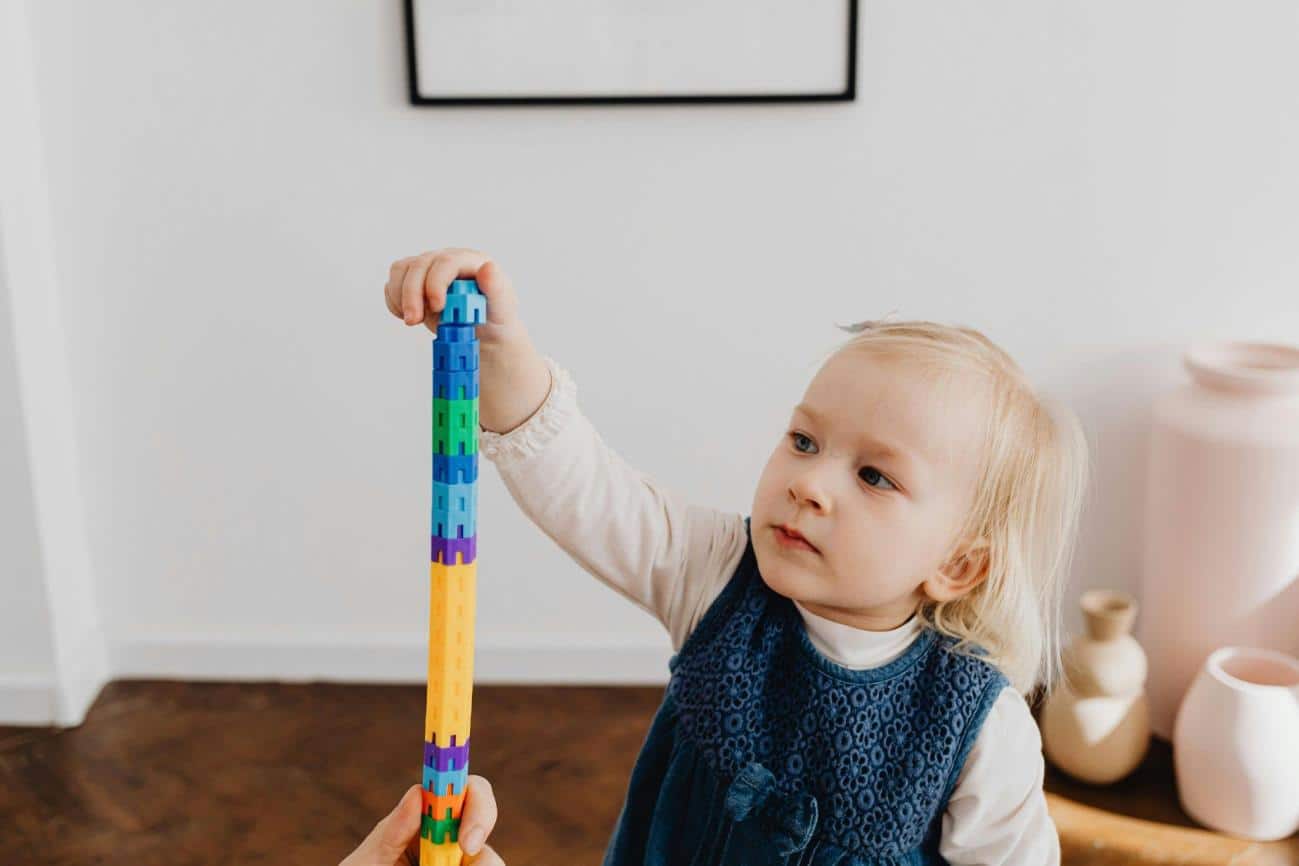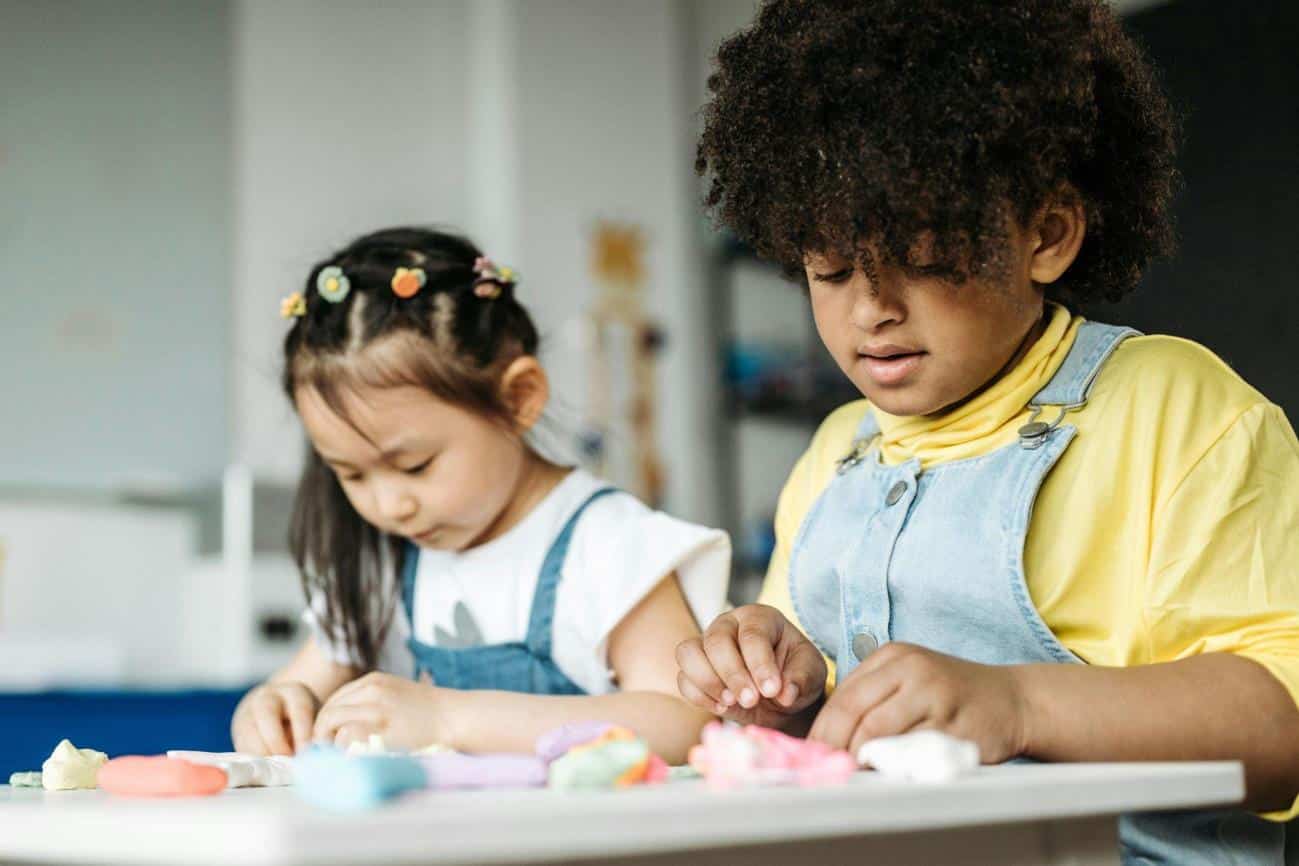
Effective Fine Motor Skills Activities for Toddlers & Preschoolers
Every parent longs to witness their younger children excel in basic skills such as writing their names, gripping scissors properly, and performing simple personal routines like combing their hair, brushing their teeth, and buttoning their clothes.
Table of Contents
These simple tasks become second nature when early childhood development is introduced to fine motor activities. Fortunately, well-established and workable activities allow young brains to develop effectively, building a strong foundation for self dependence and preparedness for school.
In this article, you will be introduced to fine motor skills and the different proven effective activities that can be executed even using materials found at home. No matter your child’s age, there are fine motor skills exercises designed to help them improve, become more independent, and build confidence as they grow.
What Are Fine Motor Skills?
Fine motor skills are small but powerful building blocks that help a child to be independent. They’re the skills that involve small muscles in the hands, wrists, and hands that enable a child to grasp, write, or cut. As they master these types of skills, they now can take on more complex tasks that will pave the way to increase self-sufficiency.
Fine motor skills for kids are not just muscle movement but include brain development. It is the connection of movement and thoughts that makes children capable of doing tasks throughout the day.
The good news is that if you are a parent or a guardian of toddlers and preschoolers, you don’t have to be professional or licensed to assist them in developing their fine motor skills. There are plenty of easy yet fun activities that can make a big difference in your child’s life. With good practice and instruction, your child’s little hands can soon play bigger roles and responsibilities.
Types of Fine Motor Skills
Make yourself familiar with the different types of fine motor skills for kids;
- Grasping Skills: Picking up or holding on to small objects such as legos, crayons, or building blocks.
- Hand-Eye Coordination: Visual input that guides your hand movement like catching a ball, or a frisbee.
- Finger Dexterity: Correct movement needed to perform tasks such as cutting with scissors or threading beads.
- Bilateral Coordination: Coordinating both hands simultaneously, such as holding paper during writing.
Why Fine Motor Skills Are Important for Child Development
Evidence indicates that fine motor learning has a significant link to academic performance (Cameron et al., 2012). Participation in fine motor activities is designed to engage problem-solving abilities, patience, and concentration to assist in the regulation of one’s skills.
In addition to academics, fine motor skills activities also aid social-emotional development. Independent activities like building blocks or drawing promote socialisation and confidence development. As continued development of these skills occurs, independence increases, frustration decreases, and a sense of accomplishment is created.
Play-based facilitation of fine motor skill development is a good foundation for life-long learning.
The Connection Between Fine Motor Skills and School Readiness
Fine motor skills are critical in school preparation for kids because they facilitate the child’s ability to complete activity tasks like writing, cutting, and working with tiny objects. Fine motor skills advance problem-solving, attention, and hand-eye coordination abilities which are significant parts of basic school education. Kids who possess developed fine motor skills are confidently self-assured to independently perform class work. Simple activities like drawing, building blocks, and proper use of scissors develop these skills to be more easily absorbed in school life. Fine motor learning that is undertaken early creates a foundation for succeeding in academics and making the learning process easy.
Top Fine Motor Skills Activities for Babies (0-12 Months)
Facilitating fine motor skills for babies can be simple and fun. As early as their first few months, babies begin to learn through grabbing. Make it easy for them by using soft toys or clumps of cloth that they can stretch out to and encourage them to grab it. By the age of 4-6 months, they may be enjoying batting things. Using soft blocks or a rattle will enhance their hand-eye coordination. Between 7-9 months, babies enjoy hand-tohand transfer. Gently practice with them transferring a soft toy from hand to hand. Between 10-12 months, most babies begin to develop the ability to hold small objects using their index finger and thumb. Offer them soft toys they can grasp and pinch easily.
Tummy Time and Its Benefits
Tummy time is an exciting parent and child time, as you see little by little the growth and milestones of your child. These fine motor skills for babies allow your child to have strengthened muscles that will be beneficial as you move forward to learning fine motor skills.
During tummy time, babies naturally start lifting their heads, pushing up with their arms, and strengthening their neck and upper body. Learning this is the start of grabbing toys in the future, and incorporating this into your daily routine can give them more interest in reaching for and grabbing stuff.
Fine Motor Skills Activities for Toddlers (1-3 Years)
Toddlers have a lot of energy, and fine motor activities for toddlers are an excellent method of motivating them to develop strength and coordination.

Simple activities for toddlers:
- Non-mess paint activity can be fun. With a zipped bag, paint, and cotton buds, your child can start to draw shapes, numbers, or whatever objects they want.
- Building blocks and marbles are perfect for developing hand-eye coordination, as children practice balancing marbles and placing them on blocks.
- Threading exercise – let your child thread laces or pipe cleaners through the holes of a colander or a perforated basket, keeping them occupied while building hand-eye coordination.
These tasks will develop hand strength, which is then employed for skills like writing or utensil use. Make it playtime by turning tasks into games – have them build towers, color their favorite picture themselves, or throw a dance party for every puzzle completed! Keeping activities play-based and engaging helps toddlers stay enthusiastic about learning essential skills.
Playdough: A Hands-On Activity for Toddlers
Playdough is one of the most creative toddler activities to practice strength and imagination. Simple molding, pinching, and rolling of the dough is fun for them and at the same time develops their hand muscles. This exercise helps strengthen hand muscles, which later supports drawing, holding utensils, and writing. Encourage your child to roll the dough into snake-like shapes, pinch and cut small pieces, and explore their creativity. Playdough is a fun and effective activity for developing fine motor skills in toddlers.

Fun Fine Motor Skills Activities for Preschoolers (3-6 Years)
For young preschoolers, games of fine motor activity assist in developing their ability and strengthening muscles.
- Cutting paper or a shape with safe scissors tests hand-eye coordination and grip.
- Thread beads on a string for added dexterity and concentration.
- Pick up small objects with tweezers or tongs for hand strength and accuracy.
- Drawing, painting, and craft activities also offer favorable opportunities for working on fine motor control.
Challenge your child to color between the lines, draw pictures, or shape playdough. Bringing these fine motor skills exercises into play-based learning, such as making a nature collage or fashioning a paper crown, turns them into a fun and instructional activity.
Sorting and Matching Games
Sorting and matching games work wonders to have the children doing hand-eye coordination, concentration, and categorization. When they sort, they start noticing patterns and learning the way to sort based on color, size, or shape. Simple activities like sorting buttons, fruit, or matching shapes introduce them to the basics. Vary it by incorporating a theme – like sorting toys or colors – to keep them hooked and learning in the guise of a game.
How to Encourage Fine Motor Skill Development at Home
It is easy to establish a fine motor-supportive setting at home with no special equipment. Begin by offering ordinary household items such as paper, crayons, or spoons that allow for grasping, colouring, and stirring activities. Offer a designated area where your child can engage in these movements without restriction. Practice regularly – repeated practice enhances strength and coordination. You can also integrate fine motor skills activities into everyday routines, like buttoning shirts, placing the table setting, or kneading dough. Simple tasks, like threading dry pasta onto a string, piling cups, or placing small objects with tongs, provide great opportunities for practice and skill-building.
Everyday Items for Fine Motor Skill Practice
Ordinary household items can be wonderful tools for training fine motor skills for kids. Have them use a clothespin to grasp small objects, strengthening their hands and grip. Practice turning keys in locks or twisting bottle caps to improve fine motor skills, hand coordination and dexterity. For exercises outside, gather pebbles, leaves, or sticks to sort according to size or shape, which will develop concentration. These ordinary, everyday things lead your child to develop fine motor skills naturally and playfully, so the development of skills is part of their daily life.
Conclusion
Fine motor skills are important to a child’s development, allowing them to become more independent and acquire new skills. Through the fine motor activities mentioned in this article, you as a parent can gently guide your child to developing better fine motor skills that can make them do more on a day to-day basis.
Start early and practice regularly, and you’ll see improvements, as even toddlers and preschoolers benefit from these hands-on exercises. Parents don’t need to be specialists; they can support development through everyday interactions and simple play.
So, why wait? Try these fun activities with your child and watch as their hands grow stronger and their fine motor skills improve, helping them become more self-sufficient!
If you are looking for assistance in developing your child’s fine motor skills, you can book a trial class today with Shichida and see how your child will grow more confident and independent!
FAQs
Fine motor skills are the little movements that we perform using the muscles of the hand, muscles of the wrist, and muscles of the fingers. Fine motor skills assist children in doing things such as holding tightly, writing, and cutting.
Fine motor skills develop very early on, and infants learn to pick up objects at the age of 4-6 months. With further growth, the skills are continuously refined, developing into sophisticated activities in preschool age.
Tummy time for infants, picking up soft toys and passing objects from hand-to-hand help strengthen their muscles and improve coordination.
Scissors, writing, and many classroom activities require fine motor skills. Individuals with excellent fine motor skills are more independent learners and more self-assured.
Yes! Playdough is just a wonderful means of developing hand strength. Pinching, rolling, and spreading out playdough develop the hand muscles and dexterity necessary for more challenging activities such as drawing and writing.
Block play, drawing, tool play, and puzzle play all do an excellent job of developing grasp and hand-eye control in toddlers. Playdough and threading beads are great and lots of fun too.


